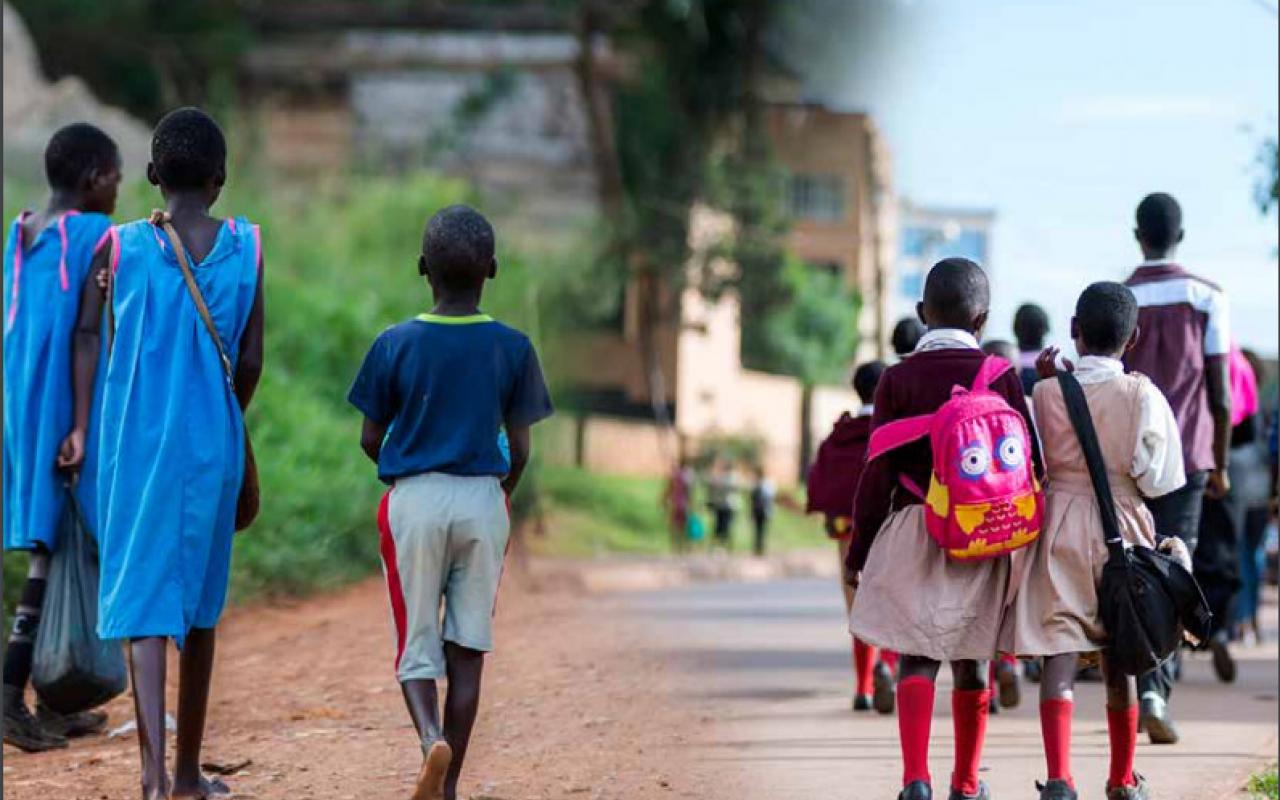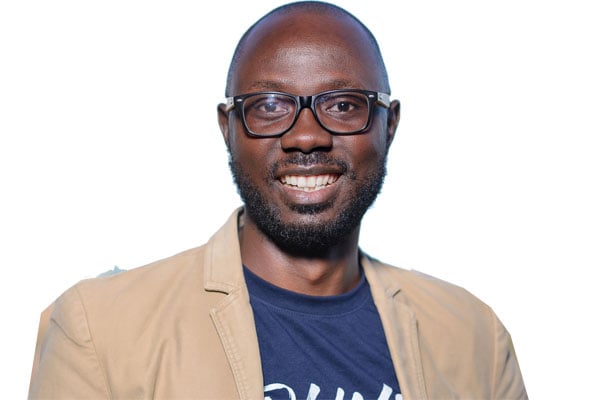Prime
Education inequality: Is the govt asleep?

Uganda’s biggest primary school going population lives in rural areas, the ones that have to move for kilometres on foot; to find a classroom, and a teacher
Like all the past years, the Education Ministry last week released results from the Primary Leaving Examinations. This is a moment that pupils, parents and schools especially from urban centres wait for with clenched fingers and behinds.
The amount of pressure and energy that schools in urban centres put in to extract excellent results is overwhelming. With the recent effects of the COVID19 pandemic that included a lockdown that got schools closed, this pressure never really went down – for a few though.
Uganda’s biggest primary school going population lives in rural areas, the ones that have to move for kilometres on foot; to find a classroom, and a teacher. Now that’s for the fortunate, the less fortunate ones have to cross water bodies on unsafe water vessels, study under trees, and deal with unmotivated teachers that abscond all the time. What worsens the situation is when the parents do not try at all to help their little ones.
A friend of mine that is a fellow at Teach for Uganda lives and works in Mayuge, Busoga. She day by day tells me how she keeps pleading with parents to at least provide books and food for the kids. These seem to cooperate at early stages but by the time they reach P.5, they are providing cheap labour in sugar cane plantations. This explains the over a million learners that do not complete primary.
The inequity in education can be seen from the very distinct features of learning in various schools and parts of the country.
The class MUST excel. These, which are usually private competitive schools, are hell bent on having 100 percent first grades; it is usually a do or die. Children are pumped to finish the syllabus as early as first term so they can embark on daily examinations with only a day or two in a week to rest and do corrections and also get caned for failing to hit their targets.
Learners that show no signs of getting good grades are forced to register at other examination centres like mass ones and nearby government schools. These do it for the marketing that comes in automatically after the release of results. They pay the media to keep them in news stories. The children here receive quality treatment as they also pay really high amounts of tuition.
Holistic Learning. Schools with this kind of learning are usually traditional schools, government schools, church founded schools and private schools that are not so much in competition. Here children are allowed to be children through co-curricular activities and are taught normally according to general schedules.
Children that go to these schools are known to be highly disciplined and more knowledgeable about life and are good with interpersonal relations. Their results in PLE are usually good enough with genuine excellence and no failure.
The critical class. The most unfortunate lot is this one where everything is wrong. No classrooms, unsupervised teachers, long distances, no libraries and so on. The trends in education that include e-learning and the use of technology such as tablets and computers are things unheard of in these settings. These schools, which are usually government-aided, do not even have electricity or clean water. Kids and teachers have very poor welfare and the teaching and learning environment is not as favourable. School dropout levels here are really high and the ones that excel tend to be very committed and turn out to be so successful.
The education system in Uganda is designed in a way that assessment of students is only by examination and it is the same for all regardless of where they studied or how they prepared. Kids that had coaching in lockdown have to sit the same papers and be assessed with those that stayed out of the classroom for more than a year. This gap, if not filled, could be the reason childrens’ dreams get shattered and many others continue to drop out and consequently, it retards the nation.
Even if education inequalities are closely tied to social classes, structure of society and the unequal distribution of income not forgetting cultural assets and power, the government can do something about this, can’t they?
Authored by Ronald Raymond Mugume, Communications Lead – Twekonyere Foundation




